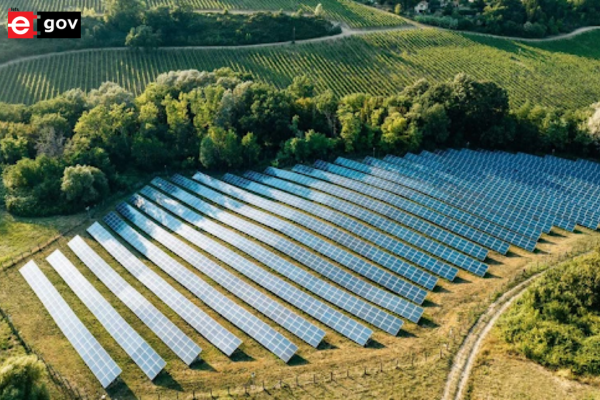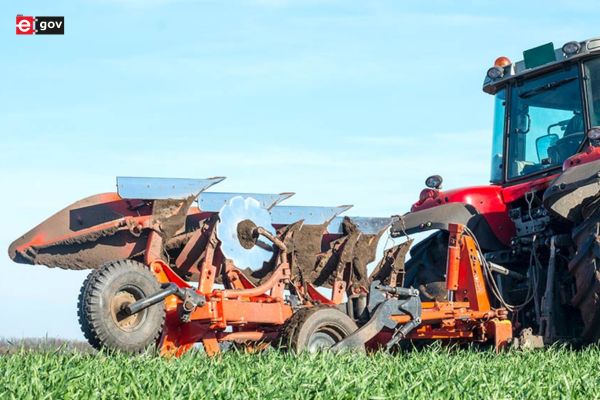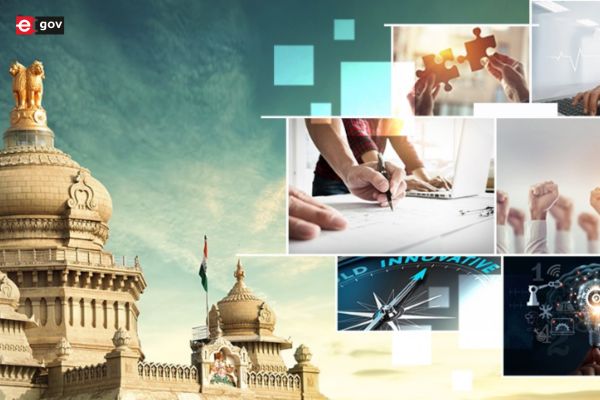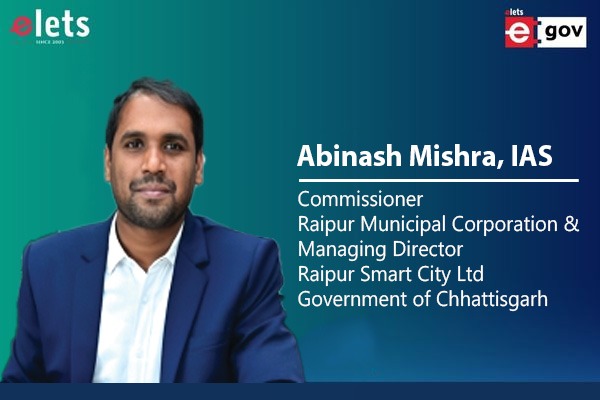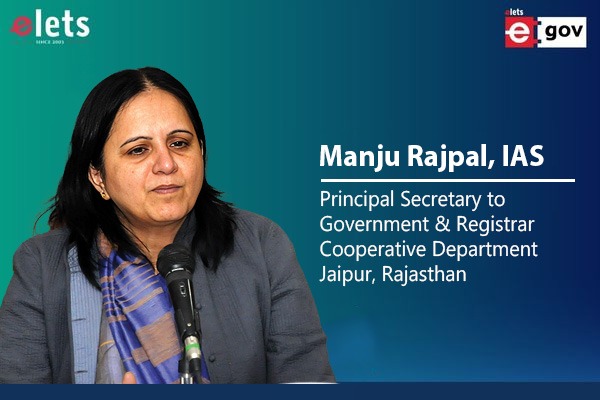
In an effort to undertake comprehensive development of river Kali and the adjoining areas, the district administration of Muzaffarnagar under the effective leadership of Collector and District Magistrate Selva Kumari J rolled out Kali Nadi Rejuvenation project. Detailing on the project, Selva Kumari J, Collector and District Magistrate, Muzaffarnagar interacted in an exclusive interview with Arpit Gupta of Elets News Network (ENN).
In brief, please throw some light on what is Kali Nadi Rejuvenation project?
‘Kali Nadi Rejuvenation, Perfection and Management’ is an ambitious project undertaken for the comprehensive development of the Kali River and the adjoining areas. The project encompasses economic, environmental, physical and socio-cultural aspects of the river and its catchment area. The river, at present, flows for about 64 km of length within the district boundary. It passes through three tehsils and seven blocks of the district crossing 48 Gram panchayats.
The river Rejuvenation project undertaken is a multi-dimensional project for cleaning and maintaining the river and creating sustainable livelihood in the adjoining areas of the river. The interventions included embankment or bund making for the protection of an adjoining area of the river and provide connectivity along the bank for the local population. Also, the creation of parks, walking places and plantation along the banks for leisure activities such as walking, running, playing etc. has been ensured. A massive plantation exercise has been undertaken on the river banks as well as the adjoining areas. The plantation has helped create a green belt and improve the river’s condition. It has also improved the aesthetic appeal of the water body on the whole.
Kindly underline the key objective of the project and the innovative initiatives taken under the project?
The core objective of the project is rejuvenation, protection and management of the Kali river along with the economic development in the catchment areas. Also, the cultivation of community leadership for ownership of the environmentally fragile entity such as river Kali was one among the major objectives.
Some of the various innovative initiatives were taken under the river rejuvenation project but not limited to, are as follows:
-
Bringing convergence of multiple departments which were working in silos before.
-
Holistic approach for rejuvenation i.e. working to improve water table level, quality of water, maintaining environmental flow and stopping the inflow of waste, etc.
-
Enhancing livelihood opportunities and economic well-being of the population dependent on the river thus helping create an ‘Atmanirbhar Bharat’.
-
Local involvement of community created ownership among locals generating an integrated bottom-up approach for watershed area development.
-
Existing resources and schemes were dovetailed creating sustainable practice and frugal infrastructure for the rejuvenation of Kali.
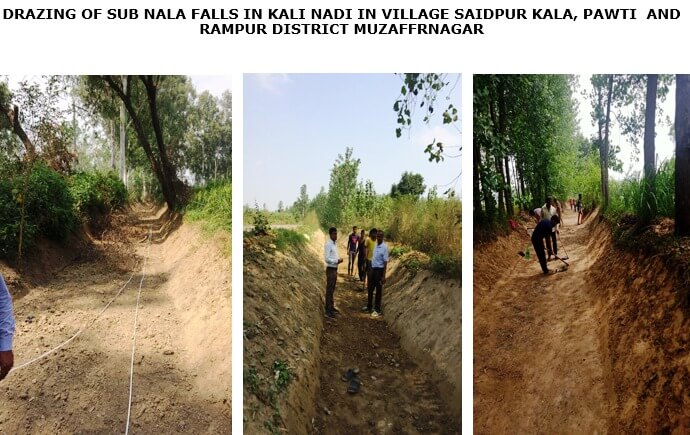
What were the major works carried out under the river rejuvenation project?
Under the project, works for clearing and cleaning of the riverbanks and all drains & sub-drains of all non-biodegradable waste were taken up. Also, the channels for the inflow of all rainwater from the drainage area were also cleared. The project saw interventions at all levels and one of the examples could be the construction of soak pits at the Gram Panchayat level.
Also Read: Ensuring No Voter is Left Behind
For the processing of organic waste, NADEP compost pits were constructed and ‘Khad-gadde’ for other wastes. These initiatives have facilitated comprehensive solid-liquid waste management in Gram Panchayat along with rejuvenation of ponds and other water bodies. The village-level interventions were completed by local funds available with Gram Panchayat and MGNREGA. Moreover, the cleaning of ponds and development of other such water bodies and adjoining areas as recreational area helped in the awareness of conservation of water bodies and the environment in general. Further, the project included cleaning of the river surface which is being undertaken with the help of local Zila Panchayat resources and local Gram Panchayat resources.
How did the river rejuvenation project answer water pollution issues? How STPs came in handy for controlling the pollution levels in the river?
The river rejuvenation project also included interventions for decreasing pollution through a comprehensive approach to reducing pollutants of all kinds. It included daily monitoring of all industrial units by nodal officers on the points of air & water pollution as mandated by the state pollution control board. 
In addition, sewage treatment plant (STP) lying defunct in Muzaffarnagar district were restarted which resulted in the reduction of non-treated wastewater. Besides this, setting up of two more STPs along the river has been approved under the National Mission for Clean Ganga (NMCG). The move is expected to further reduce the effluent problem of municipal waste in the river. Additionally, local solutions were implemented for cleaning up of sludge in the industrial drains so as the adsorption capacity of the soil is improved have been undertaken improving water quality. The solid waste clogging drains have been stopped through innovative and cost-effective methods like using metal mesh cover.
What was the significance of community participation in executing the project successfully?
The project laid significant emphasis on community participation, especially considering the developmental and environmental activities. The use of village-level sanitation committee was instrumental in bringing the local community on board in these interventions. Committees were at the forefront in all these Gram Panchayats. The initiatives were explained in the term which was easier to understand and implement by the local community. Community participation made the task easier to implement.
Also Read: From Powerless to Powerful Turnaround Story of KESCo
The task of motivating farmers near the river to adopt organic farming or reducing the utilization of chemical-based fertilizers was also achieved with the help of community participation.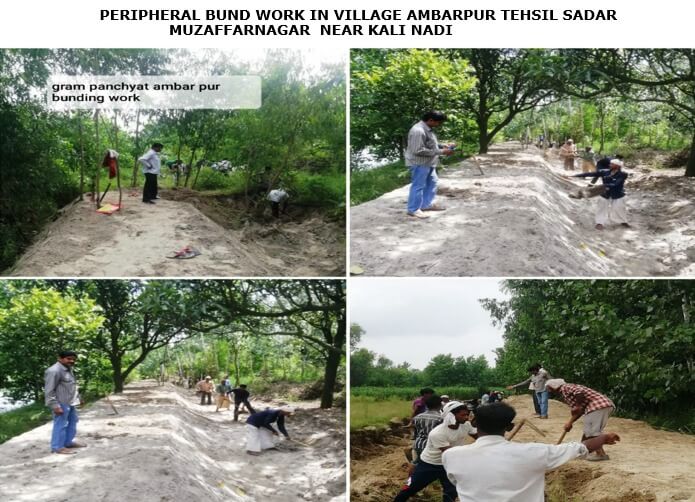
What were the key challenges faced by the district authorities to successfully implement the river rejuvenation project? How did the authorities manage to overcome the challenges?
There were a few challenges faced by the district authorities while rejuvenating the river Kali, however, with recurring efforts and innovative approach, we overcame the hurdles and completed the project up to the mark.
-
Arranging Resources – Most of the departments do not have funds relating to activities in the project and also MGNREGA has many constraints over man-material rates. These were overcome by pooling of resources of all departments. Such as material was used for Gram Panchayat Labour for MGNREGA etc. other line departments were also motivated to take-up work under MGNREGA
-
River Shifting its course – Due to constant shifting of river-come due to physical force of river the land titles of the land being worked were hard to ascertain and many conflicting claims were there. Effective stakeholder consultations and extensive measurement by revenue team along the banks were used to overcome the challenge.
-
Industrial Pollution – Industrial pollution reaching the river through storm drains was a big challenge due to the location of heavy-polluting industries effectively paper manufacturing units. The challenge was overcome with strict compliance of pollution board & NGT guidelines and daily monitoring of feedback from special nodal officers allocated industrial units for pollution monitoring.
-
Convergence of resources – It was a challenge to convergence the various resources available through various schemes and departments. The myriad eligibility criterion and technical specifications made it very hard to achieve synergy between schemes. The combined meetings and efforts and timely preparation in the yearly development plan for all schemes and departments made it easy for the dovetailing of the schemes.
-
Lack of technical knowledge – The lack of technical expertise in the district level worker is a big challenge especially in implementing environmental solutions. It was overcome with implementing organic & simple solutions including local wisdom rather than going for a large and complex infrastructure-based solution.
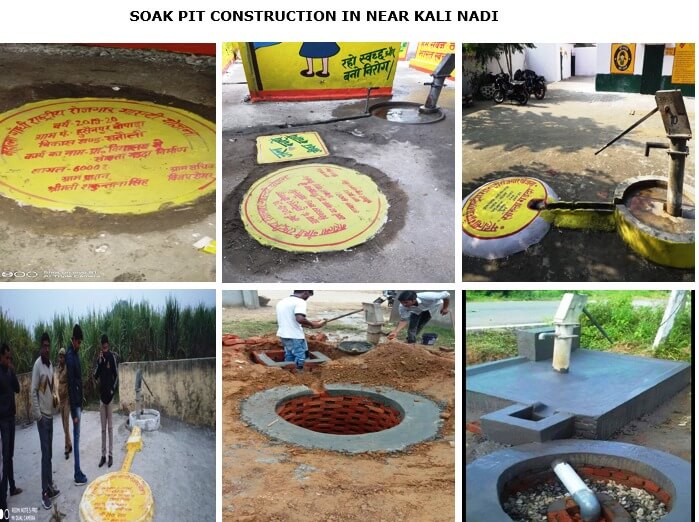
What are the key achievements of the Kali Nadi Rejuvenation project?
The key achievements of the project include:
-
Pollution control – The levels of BOD etc. were down remarkably as measured by the sampling of Jal Nigam & Regional Officer, UPPCB. It was controlled by way of effective monitoring & reduction of industrial waste, municipal waste, rural household and agricultural fertilizer runoff etc.
-
Health Impact – Incidence of illness related to pollution in the water area reduced in a significant proportion due to the reduction of pollution levels in the water.
-
Connectivity Leisure – Continuous embankment along the river provides direct connectivity for a small vehicle, motorbike/cycle travellers of the adjoining villages via river bank. The development of parks/plantation sites/walking areas provides avenues for leisure activities such as walking, running or sitting & playing along the banks.
-
Employment – The employment opportunities are generated directly through Mahatma Gandhi National Rural Employment Guarantee Scheme with most of the physical works being completed with MGNREGA & Gram Panchayat Funds. The Self Help Groups under National Rural Livelihood Mission are also benefiting directly from the project as their products are marketed prominently.
-
Agriculture & Plantation – As the organic agricultural practices have been undertaken in the concerned area, the quality of soil has also improved. Plantation along the banks is also improving water table and air quality as well.
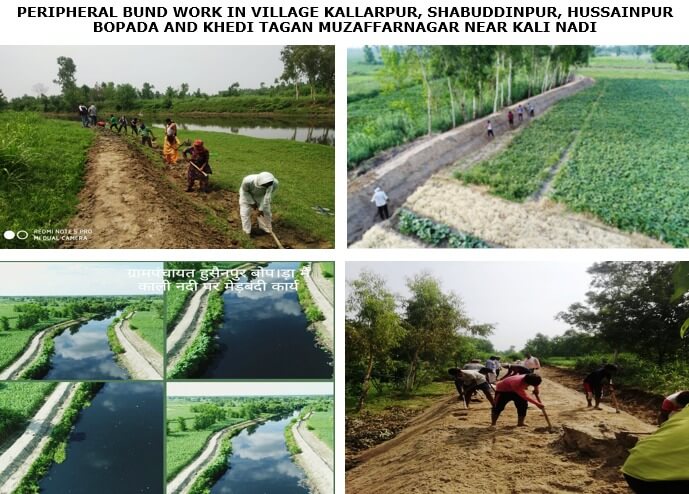
What are the possible key factors which make the project replicable in other districts as well?
Considering the replicability of the project, community involvement is one of the main aspects of the project making it replicable is the universal public sentiment of attachment with river and other traditional water bodies found everywhere across societies and cultures.
In addition to this, the usage of existing government schemes was the resource pool utilized for funding the project like MGNREGA, NRLM, Finance Commission and Gram Panchayat Funds and DMF, which are available at almost all the places.
Moreover, the rejuvenation, protection and management of the river are essentially required everywhere. The river bed, riverbank and drainage area imposes almost similar kind of challenges every district so these solutions are applicable to a variety of problems related to river management.
Further, with proper resources and manpower which are available in all the districts across the country makes the project easily replicable. Also, replicability is easier as it is a requirement in all environment-related projects and is being monitored especially by Regulators and Controllers.
Be a part of Elets Collaborative Initiatives. Join Us for Upcoming Events and explore business opportunities. Like us on Facebook , connect with us on LinkedIn and follow us on Twitter, Instagram.
"Exciting news! Elets technomedia is now on WhatsApp Channels Subscribe today by clicking the link and stay updated with the latest insights!" Click here!




